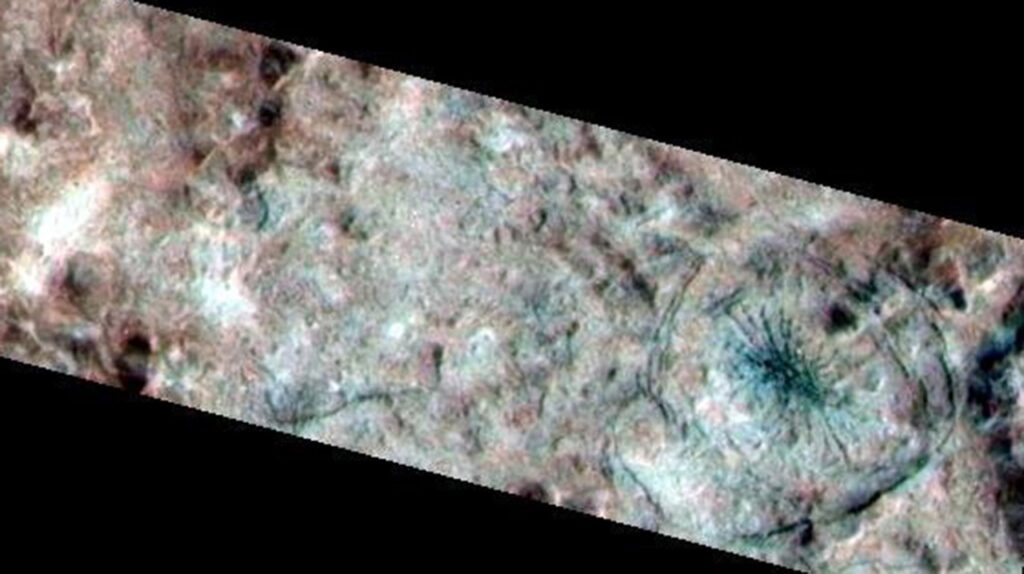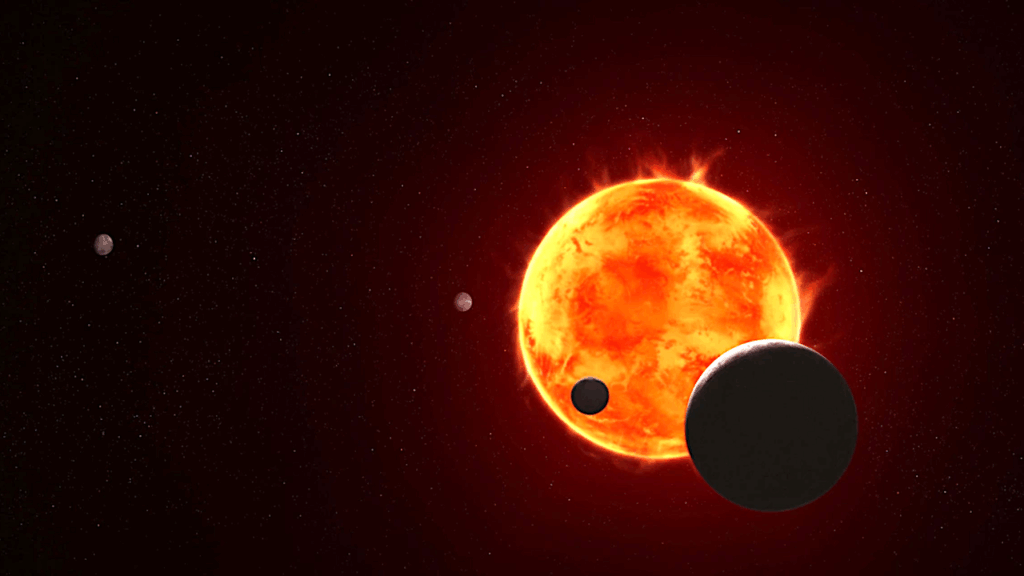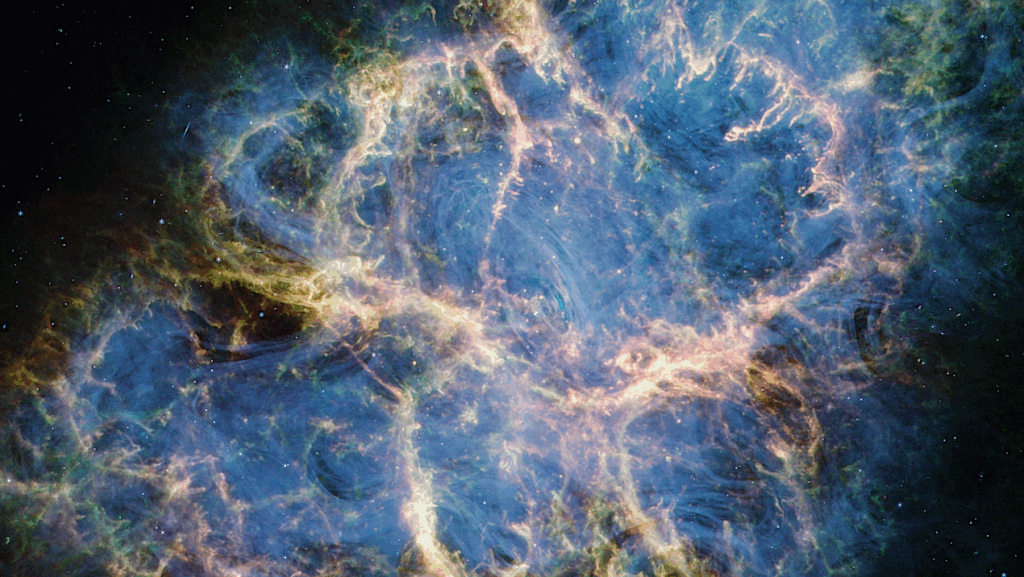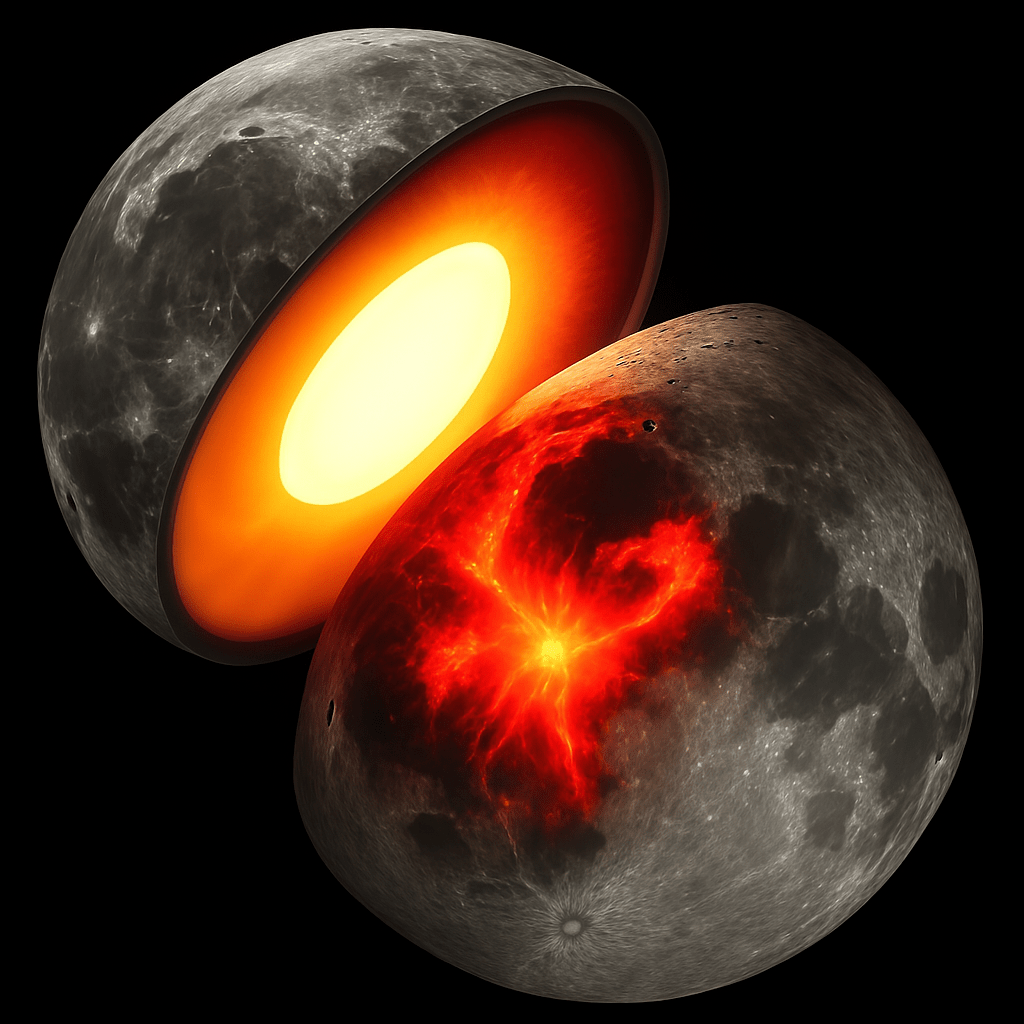Now Reading: Atmospheric Loss During Giant Impacts: Mechanisms And Scaling Of Near- And Far-field Loss
-
01
Atmospheric Loss During Giant Impacts: Mechanisms And Scaling Of Near- And Far-field Loss
Atmospheric Loss During Giant Impacts: Mechanisms And Scaling Of Near- And Far-field Loss
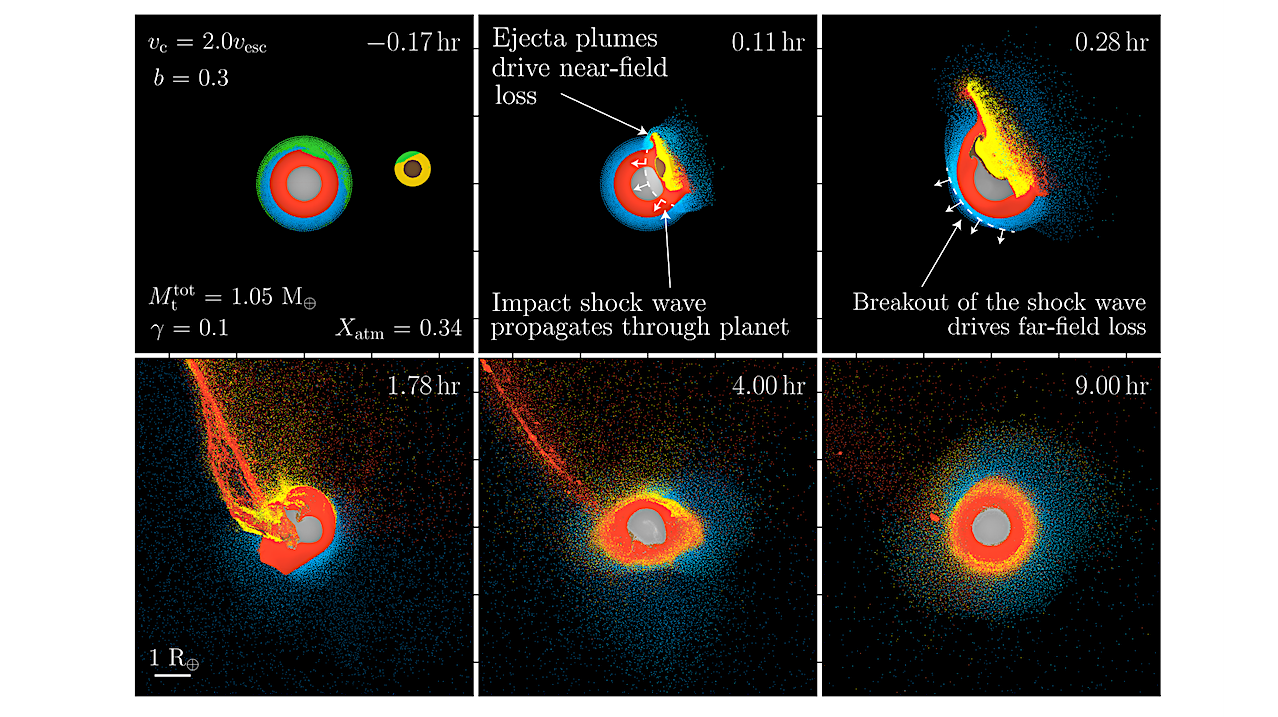

Giant impacts are highly complex events with different processes dominating the dynamics of different regions of the colliding bodies. Illustrative time snapshots from an example SPH giant impact simulation with a resolution on the order 106 particles. All particles in the lower hemispheres only of the colliding bodies are shown and coloured by material type as follows: target core (grey), mantle (orange), and atmosphere (blue); impactor core (brown) and mantle (yellow). Colour luminosity is scaled by the particles’ internal energy. Impact parameters (defined in Section 2.2) and atmospheric loss fraction (Xatm) are detailed in the first panel, with lost particles (those that ultimately become unbound to the largest remnant) coloured in green. The simulation time corresponding to each snapshot is given in each panel, with t = 0.0 hr defined as the point of impact. White dashed lines in the second and third panels indicate the approximate location of the front of the impact shock wave. An animation of this figure is available in the Supplementary Material. — astro-ph.EP
The primary epoch of planetary accretion concludes with giant impacts – highly energetic collisions between proto-planets that can play a key role in shaping a planet’s inventory of volatile elements.
Previous work has shown that single giant impacts have the potential to eject a significant amount of a planet’s atmosphere but that the efficiency of atmospheric loss depends strongly on the impact parameters and atmospheric properties. Fully quantifying the role of giant impacts in planetary volatile evolution requires a more complete understanding of the mechanisms driving loss during impacts.
Here, we use a suite of 3D smoothed particle hydrodynamics simulations to show that loss in giant impacts is controlled primarily by ejecta plumes near the impact site and breakout of the impact shock in the far field, with the efficiency of the latter well approximated by 1D ground-kick calculations.
The relative contributions of each mechanism to loss changes drastically with varying impact parameters. By considering the near and far field separately, we present a scaling law that precisely approximates (to within an average of ∼3%) loss from 0.35 to 5.0 Earth mass planets with 5% mass fraction H2-He atmospheres for any combination of impactor mass, impact velocity, and angle. Finally, we apply our scaling law to the results of N-body simulations for different solar system formation scenarios.
We find that while individual impacts rarely cause significant loss (>10%) from roughly Earth-mass planets with such massive primary atmospheres, the cumulative effect of multiple impacts can be substantial (40-70% loss).
Matthew J. Roche, Simon J. Lock, Jingyao Dou, Philip J. Carter, Zoë M. Leinhardt
Comments: Accepted for publication in the Planetary Science Journal. 50 pages, 22 figures, 3 tables
Subjects: Earth and Planetary Astrophysics (astro-ph.EP)
Cite as: arXiv:2505.04343 [astro-ph.EP] (or arXiv:2505.04343v1 [astro-ph.EP] for this version)
https://doi.org/10.48550/arXiv.2505.04343
Focus to learn more
Submission history
From: Matthew Roche
[v1] Wed, 7 May 2025 11:43:20 UTC (20,824 KB)
https://arxiv.org/abs/2505.04343
Astrobiology, Astrochemistry,
Stay Informed With the Latest & Most Important News
Previous Post
Next Post
-
 012024 in Review: Highlights from NASA in Silicon Valley
012024 in Review: Highlights from NASA in Silicon Valley -
 02Panasonic Leica Summilux DG 15mm f/1.7 ASPH review
02Panasonic Leica Summilux DG 15mm f/1.7 ASPH review -
 03How New NASA, India Earth Satellite NISAR Will See Earth
03How New NASA, India Earth Satellite NISAR Will See Earth -
 04And Thus Begins A New Year For Life On Earth
04And Thus Begins A New Year For Life On Earth -
 05Astronomy Activation Ambassadors: A New Era
05Astronomy Activation Ambassadors: A New Era -
06SpaceX launch surge helps set new global launch record in 2024
-
 07From Polymerization-Enabled Folding and Assembly to Chemical Evolution: Key Processes for Emergence of Functional Polymers in the Origin of Life
07From Polymerization-Enabled Folding and Assembly to Chemical Evolution: Key Processes for Emergence of Functional Polymers in the Origin of Life













